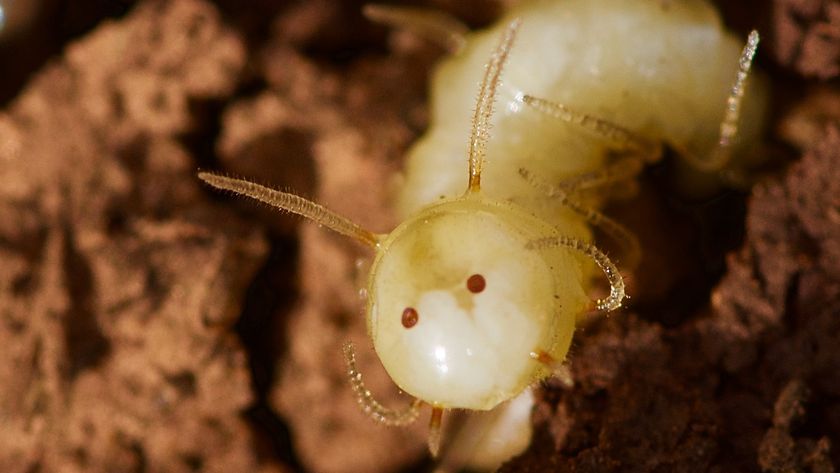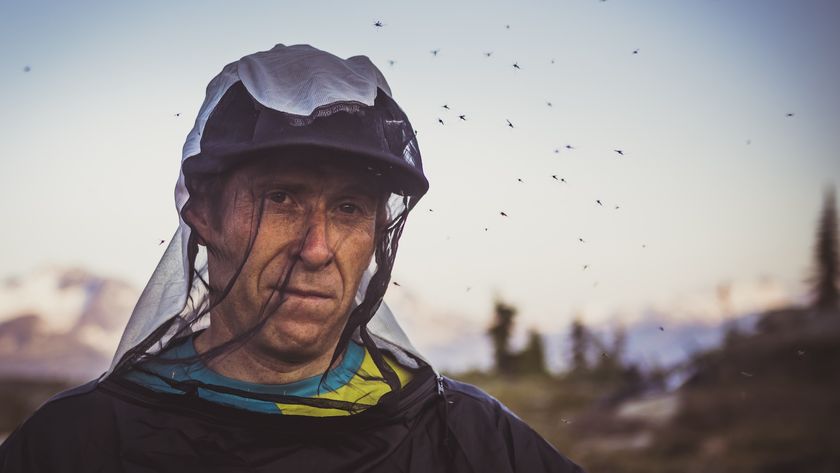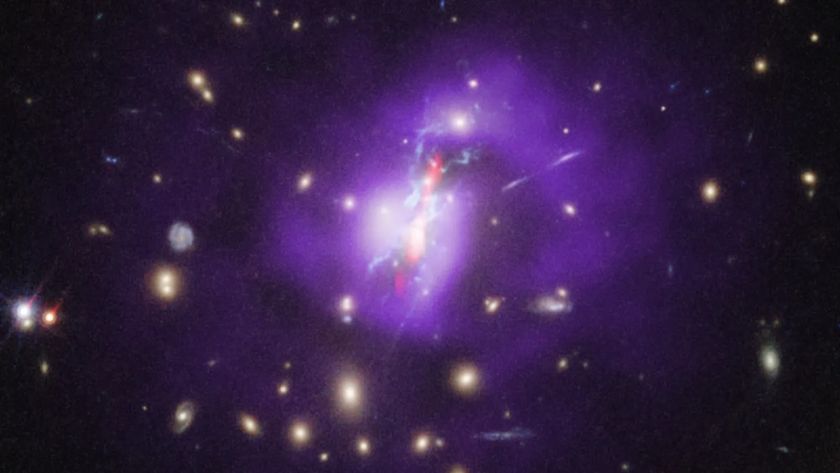Booze Buzz: Insect Guts Serve as Love Nests for Brewer's Yeast
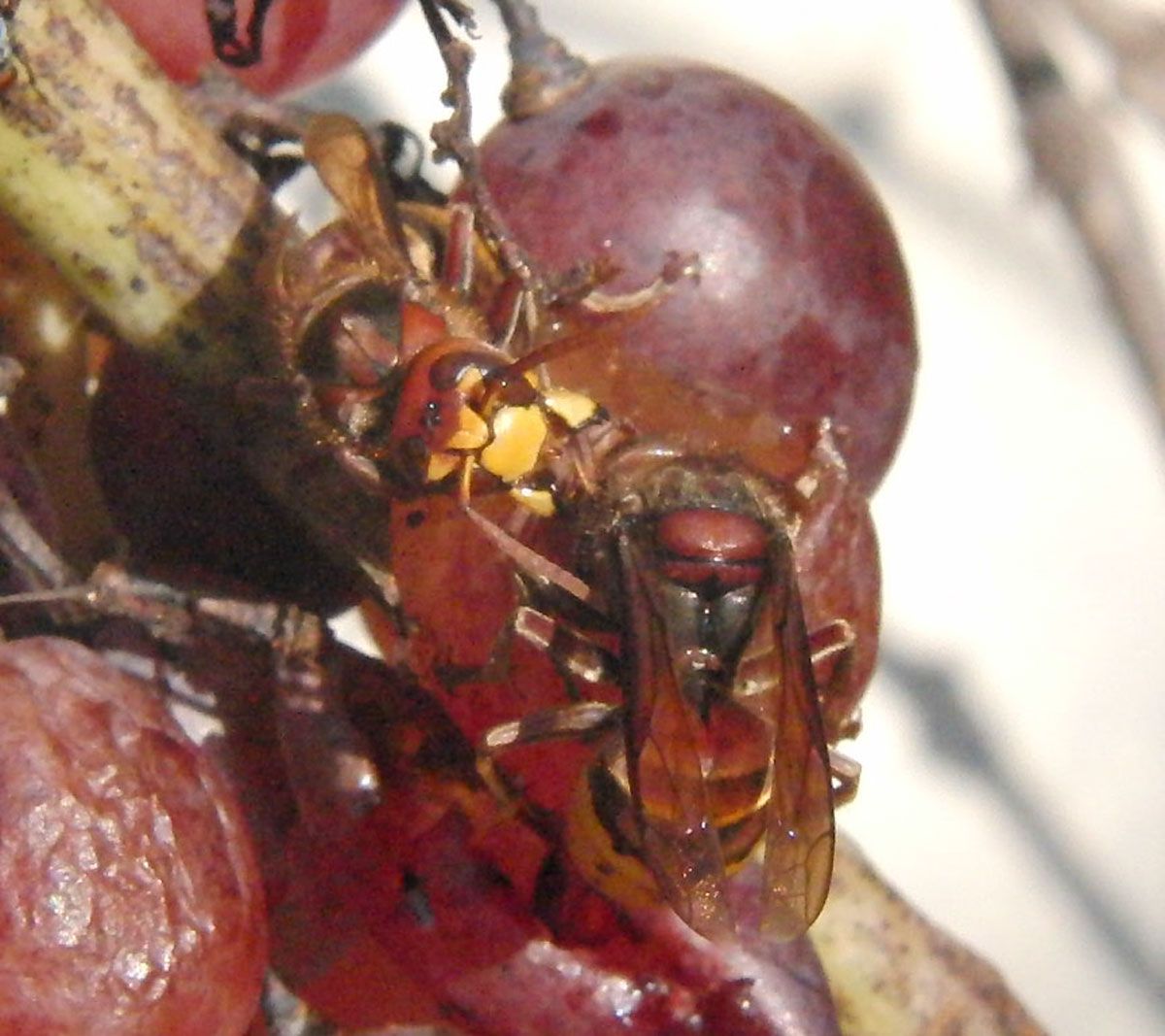
The yeast behind wine, beer and bread has sex in wasp intestines, researchers say.
This finding that insect guts can serve as love nests for yeast could one day help unearth new industrially important strains of yeast, scientists added.
Yeasts are types of fungus. These microbes ferment sugars, generating acids, gases and alcohols. Bread, wine and beer depend on a single species of of yeast, Saccharomyces cerevisiae — bread gets its spongy texture from bubbles of carbon dioxide released by this yeast, while wine and beer depend on this yeast for their intoxicating qualities. [Raise Your Glass: 10 Intoxicating Beer Facts]
Despite the importance of S. cerevisiae, much remains unknown about how it behaves in the wild, such as how and where it breeds. A number of the most successful domesticated yeast strains are actually hybrids of different species of yeast, so learning more about yeast sex could have major industrial applications, the researchers said.
Now scientists find that wasp intestines apparently encourage yeast to have sex. "Wasps are the alcoves where yeast mating occurs in nature," said study co-author Duccio Cavalieri, a geneticist and microbiologist at the University of Florence in Italy.
In the past 15 years, scientists have found evidence that hybrids of different yeast strains and species occurred more often than previously thought. However, they weren't sure where these hybrids were being bred in nature.
To learn more about yeast sex, scientists focused on wasps because previous work found these insects could host S. cerevisiae in their intestines and spread these microbes in the wild. For instance, wasps can help to jumpstart wine fermentation by leaving yeast behind on grapes.
Sign up for the Live Science daily newsletter now
Get the world’s most fascinating discoveries delivered straight to your inbox.
In the lab, the researchers fed wasps five different strains of S. cerevisiae, each readily genetically distinguishable from one another. They next tricked the wasps into hibernating by lowering the air temperatures to mimic winter. After two months, the scientists discovered hybrid strains of yeast in about a third of the wasps.
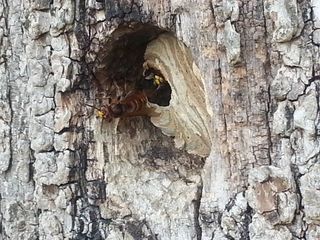
In addition, the researchers discovered hybrids of different yeast species in the intestines of wasps captured from the field — hybrids of S. cerevisiae and S. uvarum, and of S. cerevisiae and S. paradoxus. In lab experiments, they confirmed that S. cerevisiae and S. paradoxus could hybridize in wasp intestines.
Intriguingly, the scientists also found that pure S. paradoxus strains died off in wasp intestines, while S. paradoxus hybrids with S. cerevisiae survived. This finding suggests that wasps could be major drivers of yeast diversity by ensuring that certain pure strains die while more genetically diverse hybrid strains live.
"Yeast evolution, in the form of new genetic combinations, may depend on yeast interaction with insects," Cavalieri told Live Science.
Wasp intestines may offer a chemical environment that permits yeast to complete reproduction, Cavalieri said. He added that wasps go into hibernation for two months in the winter, potentially giving yeast a good amount of time to breed in peace. (Previously, researchers found S. cerevisiaewas brewing alcohol inside a man's gut. The rare condition is called gut fermentation syndrome.)
The scientists detailed their findings online today (Jan. 18) in the journal Proceedings of the National Academy of Sciences.
Follow Charles Q. Choi on Twitter @cqchoi. Follow us @livescience, Facebook & Google+. Original article on Live Science.

